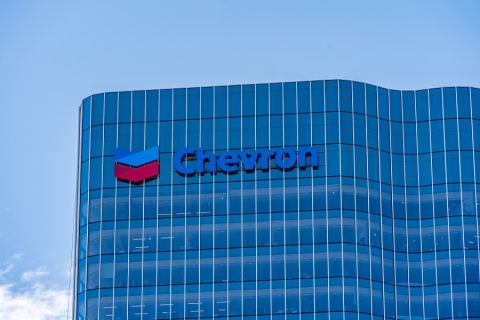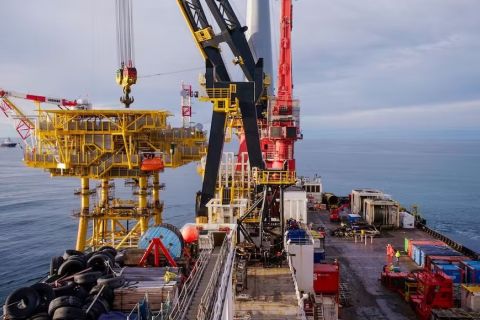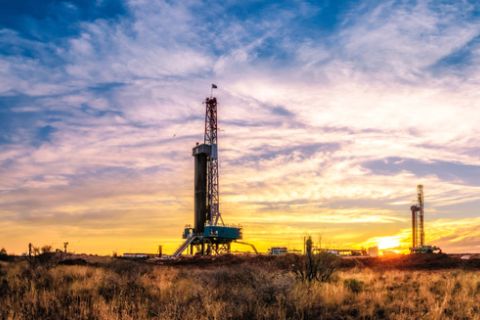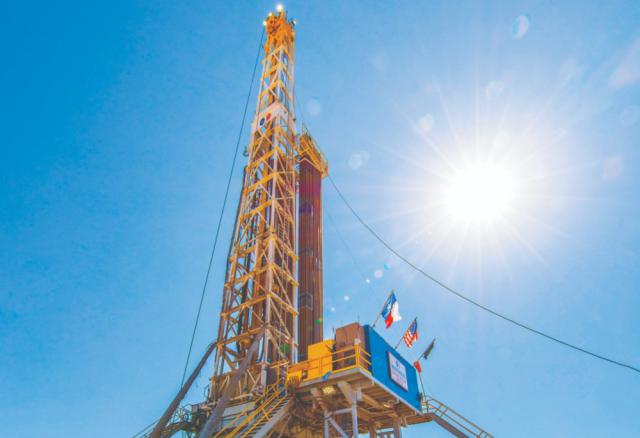
David Lawler said BP remained committed to expanding its U.S. oil and gas business, especially its operations in the Permian Basin. The electric Independence Contract Drilling Rig 212 drills for BPX in the northern Delaware Basin in May. (Source: BPX ENERGY/MARC MORRISON)
BP’s U.S. boss said Washington’s new climate law would put its green plans in the U.S. “on steroids”, even as the oil supermajor says it will expand its shale oil and gas business in the country.
Dave Lawler, the head of BP’s U.S. business, said in an interview with the Financial Times that the British oil producer was “very supportive of the IRA and what the Biden administration was looking to accomplish” on emissions, referring to the recently passed Inflation Reduction Act (IRA).
The new climate law, passed by Democrats in Congress in August, aims to funnel hundreds of billions of dollars into green projects such as wind and solar, hydrogen, biofuels and carbon capture and storage (CCS), and has drawn ire from some in the oil sector.
BP has been among the most aggressive of the oil majors in its pledge to shift spending from fossil fuels to projects aimed at reducing emissions, saying it plans to cut its oil production 40% by 2030, compared to 2020 output.
“We had put our new strategy in place before the IRA was passed, so what this has done is just put our strategy on steroids,” he said.
Read more on BP’s Dave Lawler and the company’s commitment to helping the world achieve net zero in the July 2022 issue of Oil and Gas Investor.
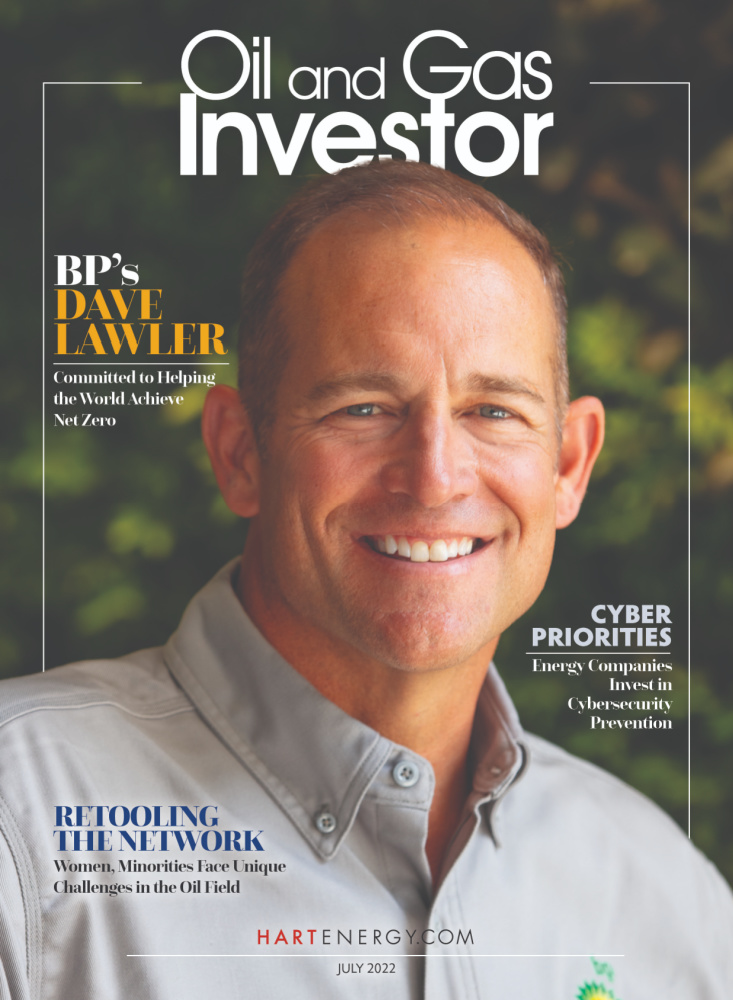
BP acquired Texas-based Archaea, which produces so-called renewable natural gas from landfills, for $4.1 billion last month, its biggest low-carbon acquisition to date.
Lawler said new incentives for carbon capture and storage in particular were “interesting,” saying they would enable BP to work with industrial players to trap CO₂ at petrochemical or other facilities before it is emitted into the atmosphere and permanently stored in the ground.
The new climate law offers an $85 per tonne subsidy for permanently stored CO₂, which is seen as making many more CCS projects economically viable as the sector has struggled to get off the ground.
“We can make a profit and they can clean up their business,” Lawler said of the potential new CCS businesses, adding that the company was moving ahead with initial work at a project on the Texas Gulf Coast with chemicals producer Linde to capture and store emissions from a hydrogen plant.
Yet Lawler said the company remains committed to expanding its U.S. oil and gas business, especially its operations in the Permian Basin, a massive oilfield in West Texas and New Mexico where the company has large land holdings that will require tens of billions of dollars to develop.
“We’ll be increasing production . . . We see this as a marquee asset, the wells are very strong,” said Lawler, adding it has enough drilling opportunities in the Permian to “keep you busy for 40 years.”
The company plans to increase spending on its onshore U.S. oil and gas business, mostly in Texas, from $1.7 billion this year to $2.4 billion next year. It is pumping about 350,000 boe/d from its onshore U.S. fields, up roughly 8% from last year.
BP and other oil producers have come under fire from environmental activists for not moving quickly enough to slash fossil fuel output in the face of the threat from climate change.
Yet U.S. President Joe Biden has prodded oil producers to lift output to help lower high fuel prices this year, while at the same time tightening environmental rules, including new regulations and fines for oilfield emissions of methane, a potent greenhouse gas.
Lawler said BP was “highly supportive” of the new methane regulations, which have split the industry, and it “[does not] have any concern whatsoever” that it will have to pay fines under new rules that will penalize companies exceeding minimum methane pollution levels.
An Environmental Defense Fund study last year found BP’s Permian assets were among the worst performing in measurements taken between September 2019 and October 2021, higher than other supermajors in the region such as Exxon Mobil and Chevron.
Lawler said the company has spent about $500 million to clean up its Permian wells and will eventually spend more than $1.3 billion to electrify its operations and install new processing infrastructure to “dramatically reduce emissions” and end gas flaring at its sites. He pointed to more recent data from Kairos Aerospace, which measures methane emissions using aircraft, showing BP’s emissions more recently falling well below industry averages from previous years when they were significantly higher.*
“We’re in complete alignment that the [methane] emissions needs to stop, the flaring needs to stop,” Lawler added.
*This article has been amended to reflect the type of technology Kairos Aerospace uses to measure methane emissions.
Recommended Reading
Chevron Hunts Upside for Oil Recovery, D&C Savings with Permian Pilots
2024-02-06 - New techniques and technologies being piloted by Chevron in the Permian Basin are improving drilling and completed cycle times. Executives at the California-based major hope to eventually improve overall resource recovery from its shale portfolio.
TotalEnergies Fénix Platform Installed Offshore Argentina
2024-02-13 - First gas from the TotalEnergies-operated project is expected in fourth-quarter 2024.
US Oil, Gas Rig Count Rises to Highest Since September: Baker Hughes
2024-03-01 - The U.S. oil and natural gas rig count is at its highest since September 2023.
Comstock Continues Wildcatting, Drops Two Legacy Haynesville Rigs
2024-02-15 - The operator is dropping two of five rigs in its legacy East Texas and northwestern Louisiana play and continuing two north of Houston.
US Drillers Add Oil, Gas Rigs for Second Week in a Row
2024-01-26 - The oil and gas rig count, an early indicator of future output, rose by one to 621 in the week to Jan. 26.

